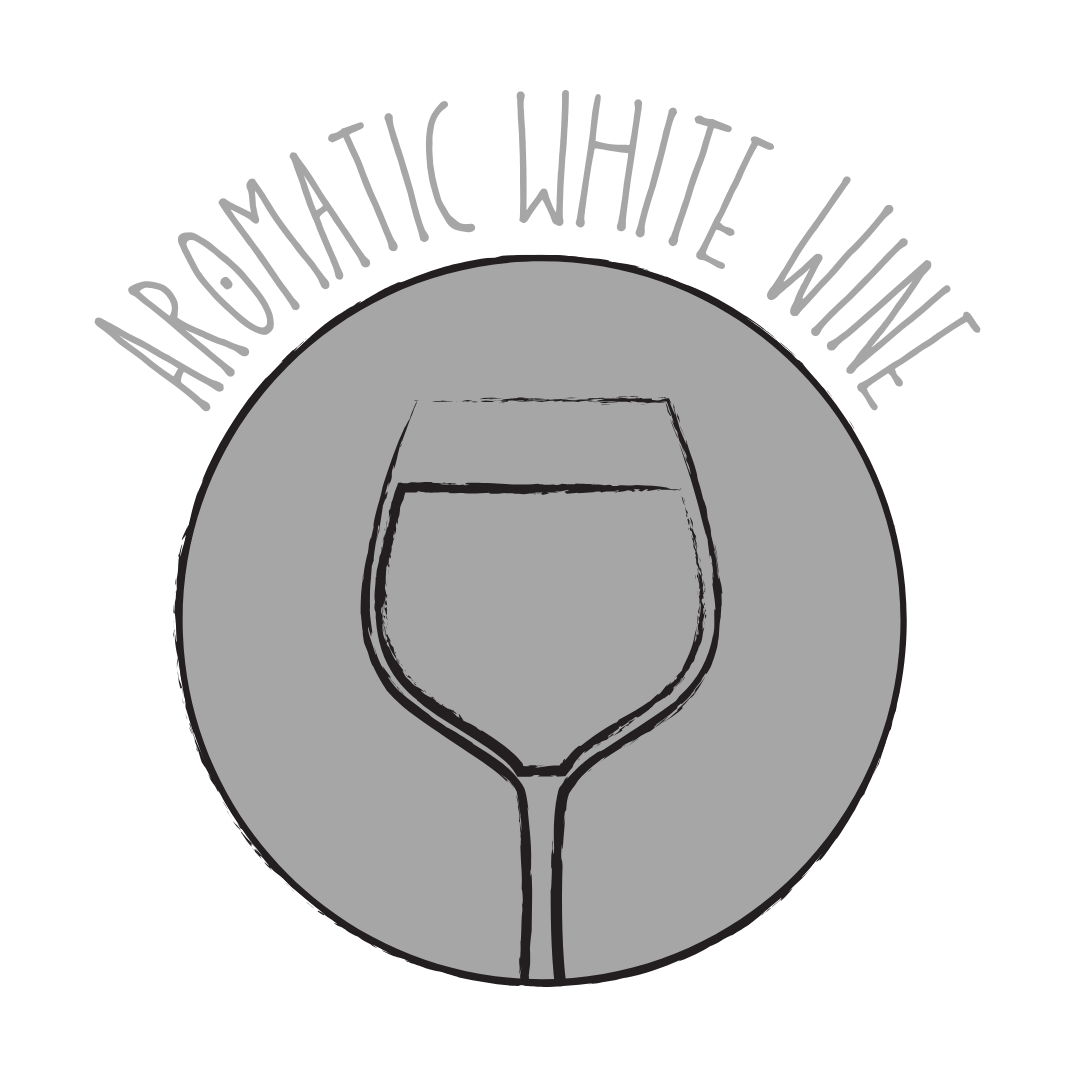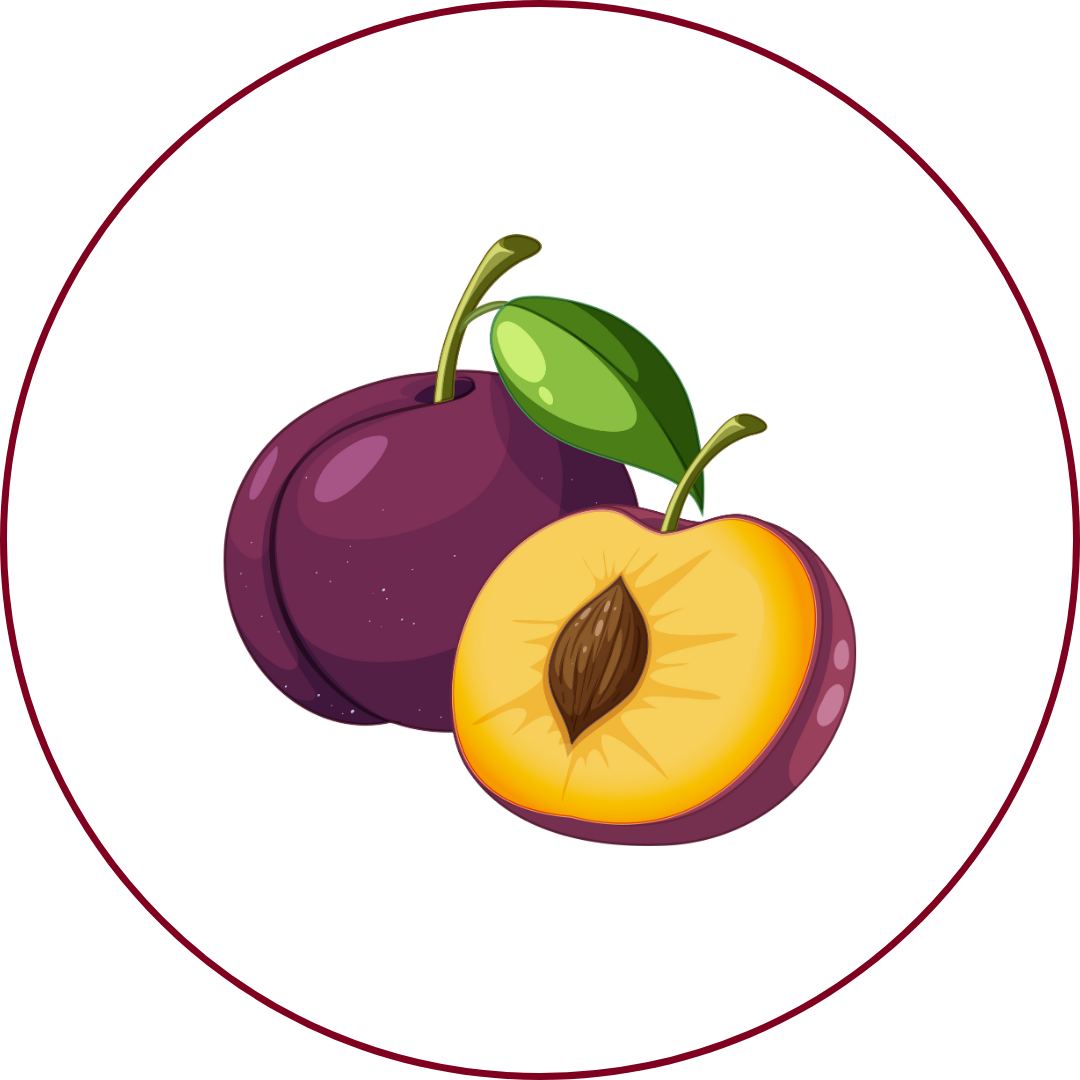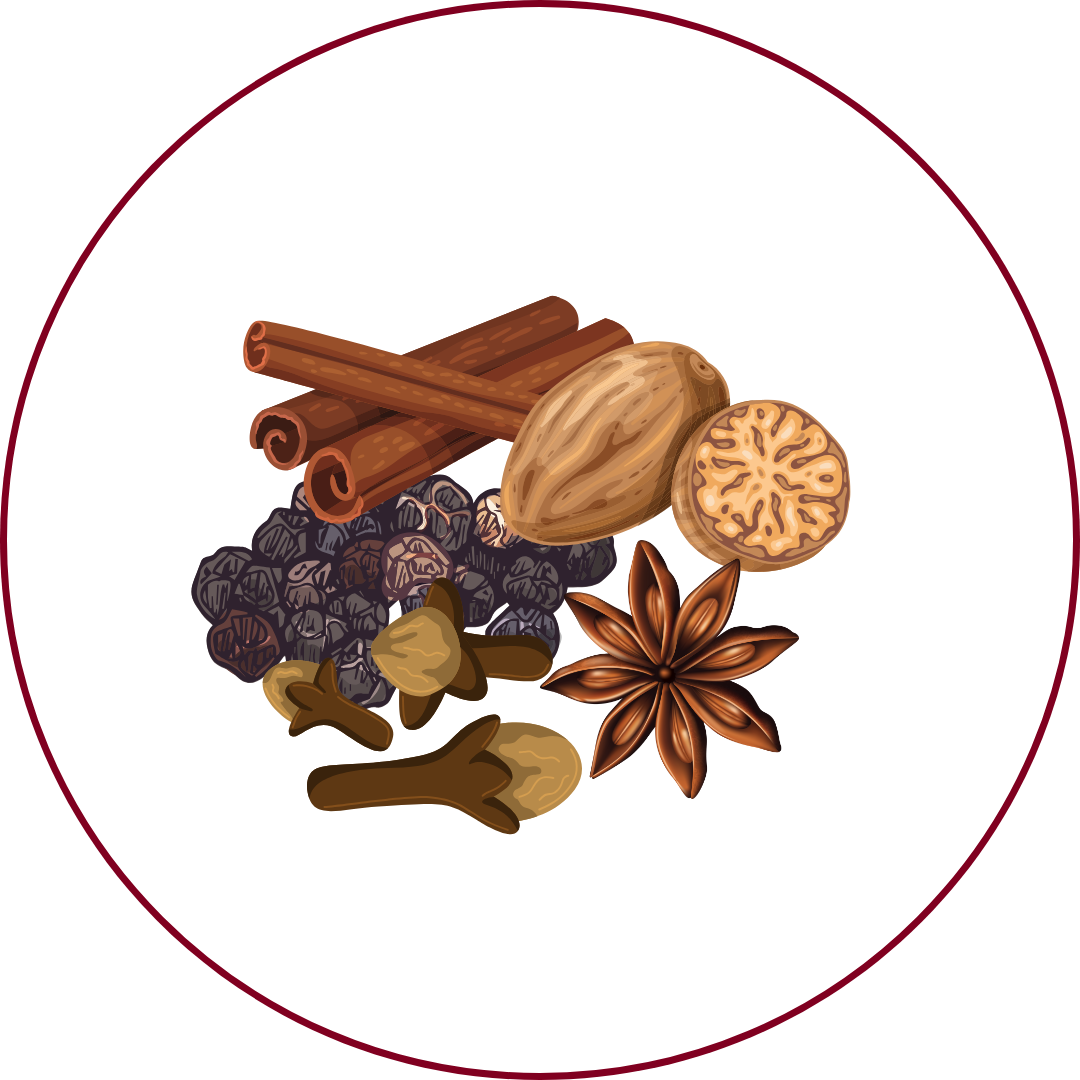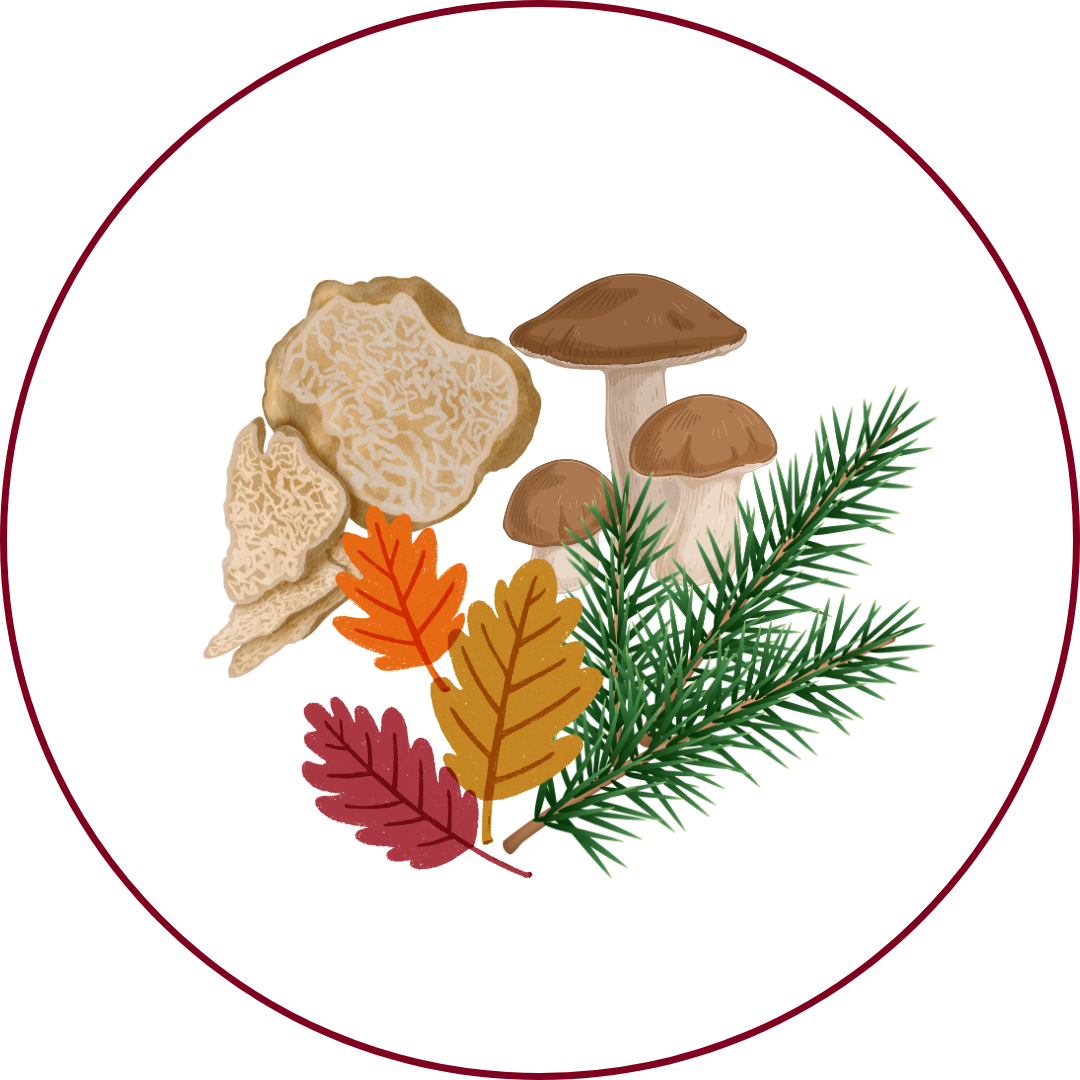Grape Variety
Douce-Noir
"doos NWAHR (boh-NAR-dah)"
Wine Styles
 Sparkling
Sparkling Light White
Light White Full White
Full White Aromatic
Aromatic Rosé
Rosé Light Red
Light Red Medium Red
Medium Red Full Red
Full Red Dessert
DessertAbout Douce-Noir
Origin
Savoie, France
History
Douce Noir, also known as Bonarda in Argentina and Charbono in California, is a red grape variety that originated in the Savoie region of France. It arrived in Savoie in the early 19th century and became the most widely grown red grape in the region by the end of that century. Today, it is more widely planted in Argentina, where it is the second most planted red grape variety after Malbec. The grape is also grown in California, where it is known as Charbono.
Appearance
Small to medium-sized, dark-skinned berries forming compact clusters.
Growing Traits
Douce Noir is a vigorous vine that thrives in warm climates with significant diurnal temperature variations. It is known for its high phenolic content and thick skins, which contribute to the deep color and tannic structure of the wines produced from it. The grape requires careful vineyard management to control yields and ensure optimal ripeness.
Wine Characteristics
Body
3/5
Sweetness
1/5
Tannin
3/5
Acidity
3/5
Alcohol
3/5
Medium-bodied with a deep, dark color and a harmonious balance of fruit and tannins. Typically dry, focusing on ripe black fruit flavors with minimal residual sugar. Moderate tannin levels, providing structure and depth, making it suitable for aging. Moderate acidity, contributing to a balanced and approachable profile. Moderate alcohol content, typically ranging between 12% and 14%, ensuring balance and drinkability.
Taste Profile

Blackberry

Plum

Cherry

Spice

Earthy
Douce Noir wines are characterized by ripe black fruit flavors such as blackberry, plum, and cherry, complemented by spicy and earthy notes. The moderate acidity and tannin levels provide balance, leading to a smooth and harmonious finish.
Food Pairing
Douce Noir's rich fruit flavors and moderate tannins make it a versatile partner for various dishes. It pairs well with grilled meats, pasta with tomato-based sauces, and aged cheeses. The wine's balanced profile complements hearty dishes and can also be enjoyed with spicy cuisines.
Growing Regions

Argentina
MendozaSan JuanLa Rioja

United States
California

France
SavoieJura
Notable Wines & Producers
El Enemigo Bonarda
Bodega Aleanna
Colonia Las Liebres Bonarda Clasica
Altos Las Hormigas
Turley Charbono
Turley Wine Cellars
Douce-Noir FAQ
Common questions about this grape variety
What is the origin of Douce-Noir?
+
Savoie, France
Is Douce-Noir wine full bodied?
+
Douce-Noir has a body level of 3 out of 5. Which means that Douce-Noir is Moderate bodied.
Is Douce-Noir wine dry or sweet?
+
Douce-Noir has a dryness level of 1 out of 5. Which means that Douce-Noir is Dry.
Where is Douce-Noir wine from?
+
Savoie, France
Where is Douce-Noir grown?
+
Douce-Noir is grown in Argentina (Mendoza, San Juan, La Rioja)United States (California)France (Savoie, Jura).
What is Douce-Noir like?
+
Douce Noir wines are characterized by ripe black fruit flavors such as blackberry, plum, and cherry, complemented by spicy and earthy notes. The moderate acidity and tannin levels provide balance, leading to a smooth and harmonious finish.
What does Douce-Noir pair with?
+
Douce Noir's rich fruit flavors and moderate tannins make it a versatile partner for various dishes. It pairs well with grilled meats, pasta with tomato-based sauces, and aged cheeses. The wine's balanced profile complements hearty dishes and can also be enjoyed with spicy cuisines.
What does Douce-Noir taste like?
+
Douce Noir wines are characterized by ripe black fruit flavors such as blackberry, plum, and cherry, complemented by spicy and earthy notes. The moderate acidity and tannin levels provide balance, leading to a smooth and harmonious finish.
Take Douce-Noir Knowledge with You
Access detailed grape profiles, tasting notes, and pairing suggestions on your iPhone.
Download on theApp Store